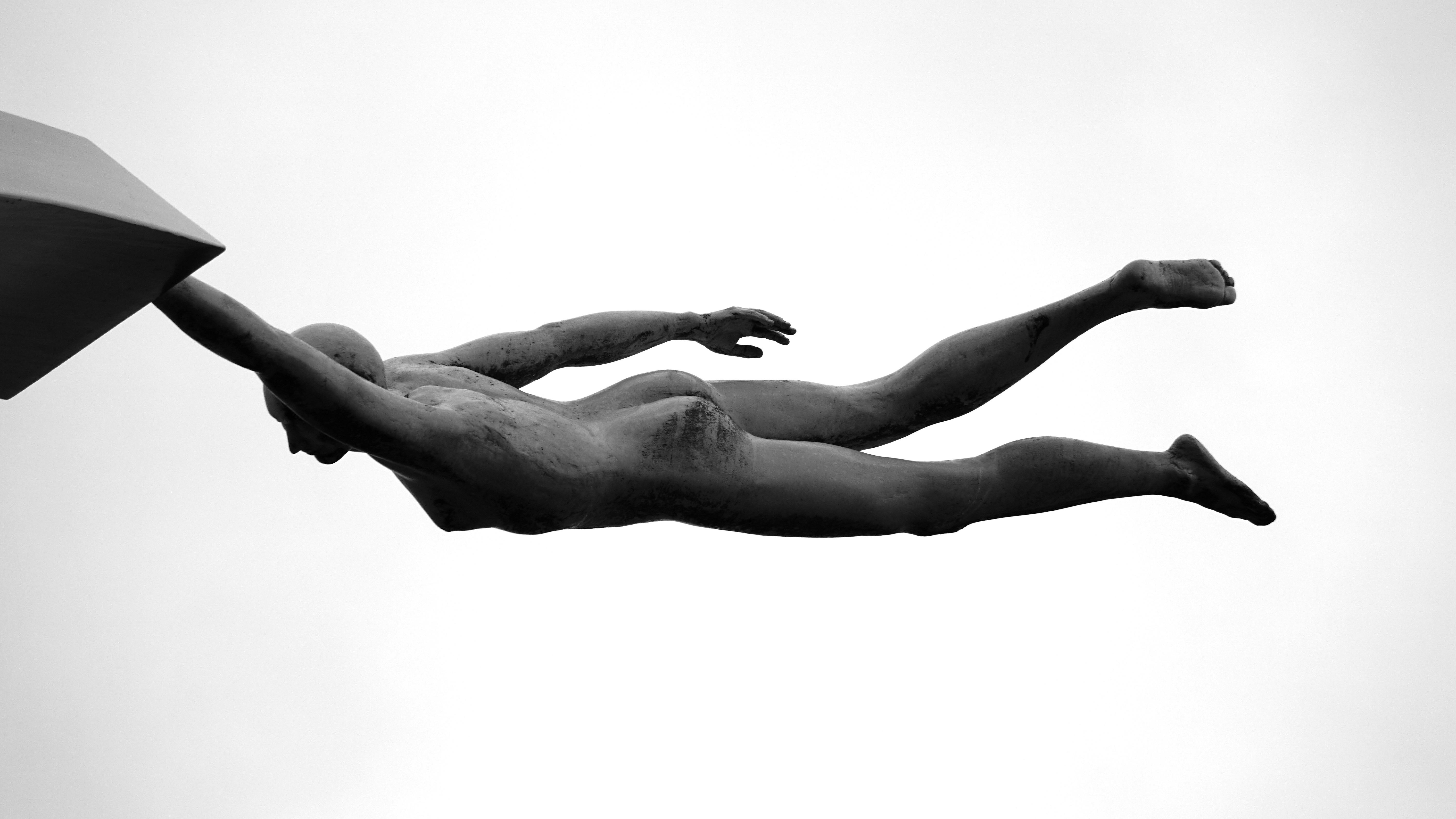
Bowling Lane Length and Characteristics: What You Need to Know
Bowling can seem like a very simple game. The only objective is to roll a heavy ball down a lane to knock down as many pins as possible. This simplified understanding, however, severely misrepresents everything that makes bowling the complex and exciting sport that it really is. Taking time to learn the dimensions and layout of the lane is a good first step for bowlers looking to take things a little more seriously.
Lane area
Bowling alley measurements 60 feet long and it’s about 40 inches wide.
If you look closely, you will notice small strips of wood running across the width of the bowling alley about an inch wide. There are 39 of these strips and they are called tables. They are used by bowlers for aiming, but it is not the main point of reference.
In addition to the boards, a bowling alley has seven arrows arranged in a V shape. Bowlers often line up their shots with a particular arrow. Bowlers aim for arrows rather than pins because the distance is much closer (15 feet compared to 60) and it is much easier to hit a closer target than a far one.
If you play with serious players, you will surely hear them referring to the boards and arrows by number; like, “Aim for the second arrow” or “I moved to the seventh board.” The boards and arrows are usually numbered from right to left, but lefties count backwards, starting from the left. You should also know that the distance between each arrow is 5 boards.
The approach area
The actual lane is not the only important thing to learn, as the area you are approaching is key for a serious bowler as well. This area, known as the approach area, has 39 boards that line up with the lane boards.
The approach area has points that bowlers use to line up their feet. There are three separate sets of points, one about twelve feet from the foul line, one fifteen feet away, and the third just above the foul line. The center point is located on the twentieth board, the very center, and the others are spaced at intervals of five boards.
The area of the pins
The other big part of the lane is the area of the pins, although this is not that important for bowlers as it only comes into play after you have already rolled the ball. This area is generally called the peg deck, and is the place on the rail where the pegs are placed. It has a padded cushion near the back to catch the pins that fly upward and a mechanism that re-places the pins in the bowling pin and sends the ball back down the lane to the players.